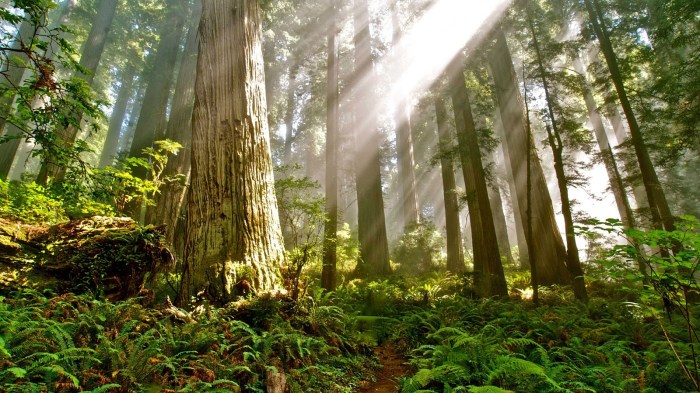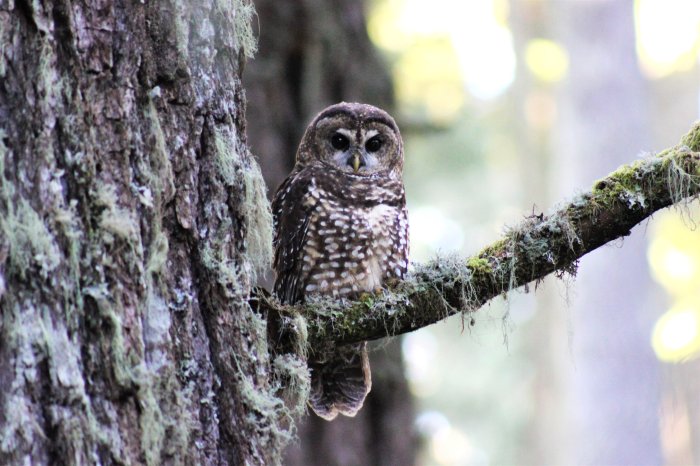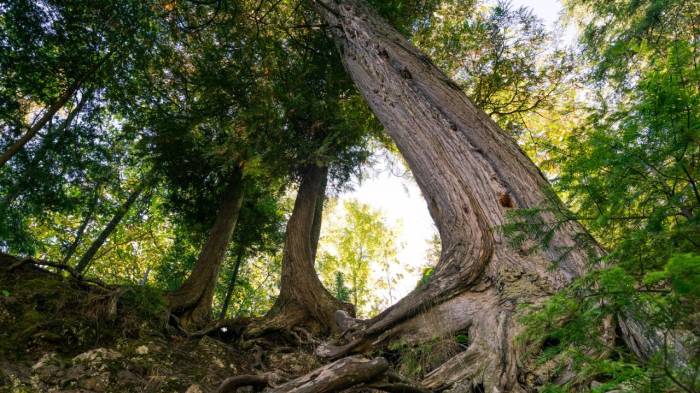Old growth forests are notable for containing species that thrive in complex and ancient ecosystems. These forests are reservoirs of biodiversity, providing habitat for a wide array of plants and animals. They also play a crucial role in regulating the global climate, filtering water, and cycling nutrients.
The structural complexity of old growth forests, with their towering trees, fallen logs, and diverse understory, creates a multitude of microhabitats that support a variety of species. These forests serve as refugia for rare and endangered species, and they provide essential resources for migratory species.
Old Growth Forests: Biodiversity Havens

Old growth forests are characterized by their towering trees, complex structure, and diverse species composition. These ancient ecosystems are a testament to the resilience and complexity of natural systems and provide a wide range of ecological, cultural, and economic benefits.
Species Diversity and Richness
Old growth forests harbor an exceptional diversity of species due to their structural complexity, microclimates, and long history of ecosystem development. These forests support a wide range of taxonomic groups, including vascular plants, bryophytes, lichens, fungi, invertebrates, birds, mammals, and reptiles.
The diversity of species in old growth forests is often much higher than in younger forests, with some studies reporting up to 20 times more species in old growth stands.
Structural Complexity and Habitat Provision
Old growth forests are characterized by their complex structural features, including multi-layered canopies, large deadwood, and diverse understory vegetation. These structural elements create a wide range of microhabitats that support a variety of species. For example, deadwood provides habitat for insects, fungi, and small mammals, while canopy gaps allow sunlight to reach the forest floor, supporting understory vegetation and providing habitat for birds and other species.
Carbon Sequestration and Climate Regulation
Old growth forests play a significant role in carbon sequestration and climate regulation. Their large trees store vast amounts of carbon in their trunks, branches, and roots. Additionally, the complex structure of old growth forests promotes the accumulation of organic matter on the forest floor, further increasing carbon storage.
By sequestering carbon, old growth forests help mitigate climate change by reducing the amount of greenhouse gases in the atmosphere.
Water Filtration and Nutrient Cycling
Old growth forests act as natural water filters, purifying water and protecting downstream ecosystems. Their dense vegetation and complex root systems slow down water flow, allowing sediment and pollutants to settle out. The organic matter in the soil also absorbs and retains nutrients, preventing them from leaching into waterways.
As a result, old growth forests contribute to the maintenance of water quality and the health of aquatic ecosystems.
Cultural and Historical Significance, Old growth forests are notable for containing species that
Old growth forests hold cultural and historical significance for many indigenous communities around the world. These forests have been used for centuries for hunting, gathering, and spiritual practices. The unique flora and fauna of old growth forests also provide inspiration for art, literature, and music.
In addition, old growth forests offer recreational opportunities such as hiking, camping, and wildlife viewing, contributing to the well-being and enjoyment of people.
Query Resolution: Old Growth Forests Are Notable For Containing Species That
What are the key characteristics of old growth forests?
Old growth forests are characterized by their structural complexity, with large trees, fallen logs, and a diverse understory. They have high levels of biodiversity and provide habitat for a wide range of species.
How do old growth forests contribute to climate regulation?
Old growth forests store large amounts of carbon in their biomass and soils, helping to regulate the global climate. They also release water vapor into the atmosphere, which can influence regional weather patterns.
Why are old growth forests important for water quality?
Old growth forests act as natural water filters, removing pollutants and sediment from water sources. They also help to regulate water flow and prevent erosion.


